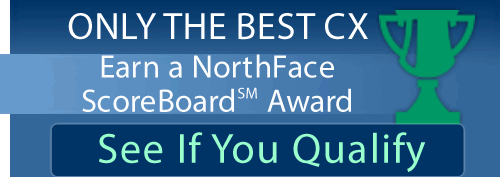What’s in it for me? That’s the question key stakeholders will ask as you build your customer experience management (CEM) roadmap.
What they’re really asking is:
- How will they or their team benefit?
- What will they be expected to do differently—and at what cost in terms of time and effort?
- And, how does their role link to customer experience, satisfaction, and loyalty?
With the groundwork of your CEM program defined, it’s time for formal communications with your key stakeholders to answer those questions, and to gain their support as you implement your plans.
Who are those stakeholders? They’re the internal and external groups you’ve been surveying and analyzing all along; getting their input to ensure that your CEM efforts will be supported internally, and are as relevant to employees as they will be to customers. Of course, your stakeholders naturally are curious about what it all means to them, their team, and their workload.
Your CEM program sets expectations for process improvements in your customer- and employee-facing operations. You now must communicate those expectations broadly and repeatedly. This will help to ensure understanding, buy-in, and participation.
You also must communicate transparently the results of your CEM strategy. If you don’t share this information, you’ll lose credibility with your stakeholders. Not only will they be less likely to embrace the needed changes to meet the expectations set in your CEM program, but, without follow-up communication, they’ll be left to assume by your silence that the results of the company’s CEM efforts are negative.
Initially, not every component of your CEM strategy will meet its stated objectives. That’s OK. Those elements will likely improve over time with changes and adjustment. In fact, it’s important to communicate the planned changes so stakeholders can stay apprised of progress and improvements, and understand how these adjustments may impact their roles and responsibilities.
But, of course, there will be wins. So, you’ll have a compelling story to tell about those specific improvements in customer satisfaction and loyalty.
You can use tools such as benchmarking and satisfaction studies to showcase your initial and ongoing successes to key internal and external audiences. You can also use these communications tools to further brand your CEM strategy and keep its momentum moving forward.
Remember: Transparency and frequent communication are essential to the short- and long-term success of your CEM efforts. Without those critical elements, your stakeholders will consider CEM as just another “program of the week” and revert to their easier and less customer-centric ways of operating.
Communications to stakeholders is part of the CEMDNA Assess phase—along with win-back strategy and ROI—and one of the 12 of the components that comprise the CEMDNA Playbook Strategy.








